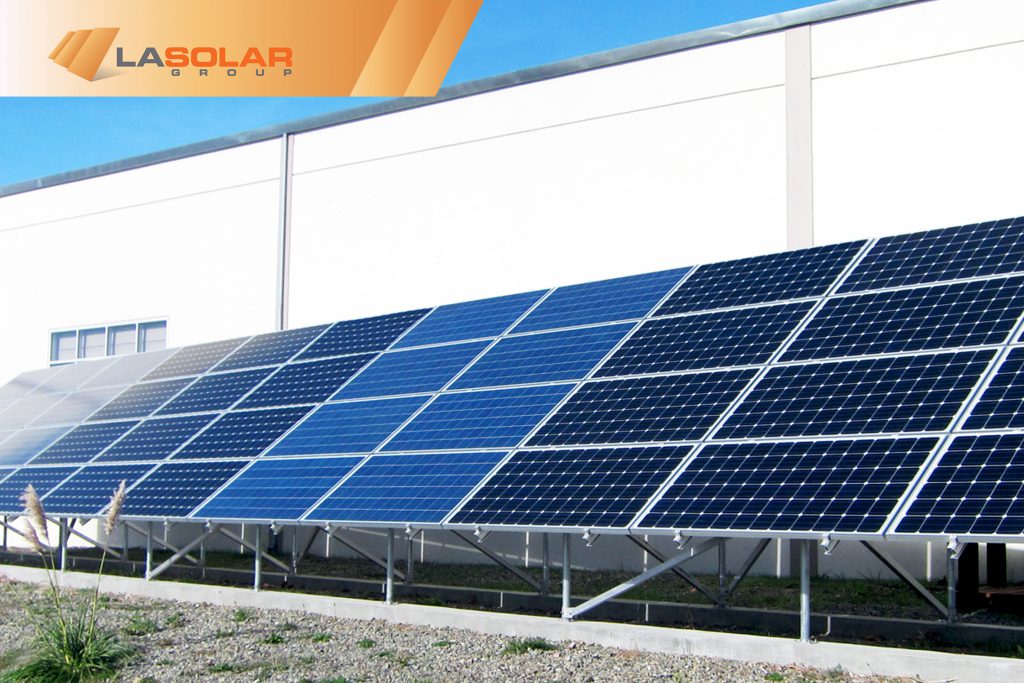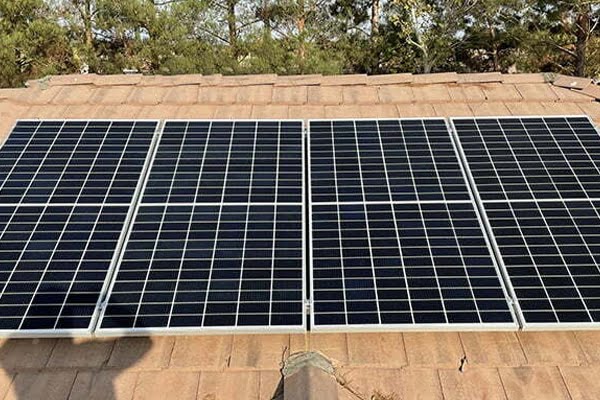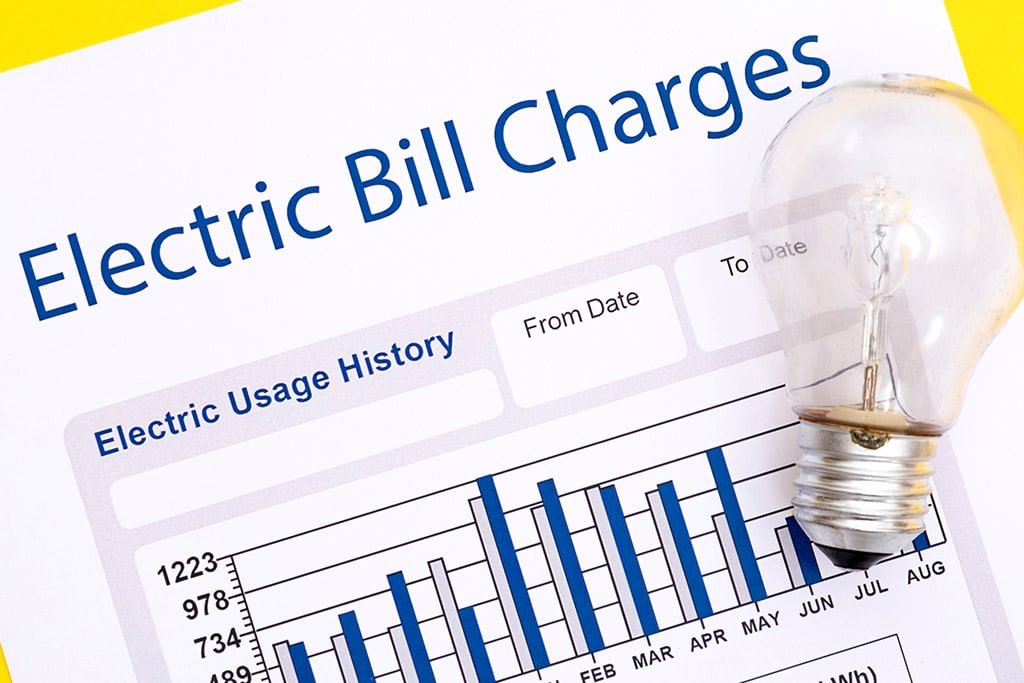Before getting to the main point of the topic let’s first figure out what are solar panels made of and how does solar panel work.
A solar panel or in other words a photovoltaic module is made of a silicone, the main component of beach sand. Being the second most available element on Earth, beach sand is an extremely profitable source in solar panel manufacturing. However, the process of conversion of the beach sand into high grade silicone requires high temperature (about 2500-degree Fahrenheit) and much time. That is exactly what stands behind the comparably high price of a solar panel.
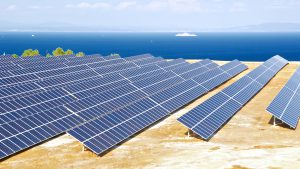
A solar panel produces electricity by absorbing the photons (light energy) of the sun and generating energy by the photovoltaic effect. The energy created by this device is the DC. In order to be able to use it in house loads it is then converted into the AC by an Inverter.
There are two solar panel types in the modern market, monocrystalline solar panels and polycrystalline solar panels.
Monocrystalline Solar Panel
From the two main types of solar panels mentioned above monocrystalline is a bit more prioritized for several reasons. In comparison with polycrystalline solar panels, a monocrystalline solar panel is 2 percent more efficient. This means that you can have slightly more power in the same amount of space with monocrystalline than with polycrystalline. To be more specific the output power of a monocrystalline panel is 270 watts, whereas polycrystalline puts out 260 watts. As you can see the difference is not that big. Since the solar panel size is the same for both types, with a polycrystalline panel you will have to add one extra panel to get the power equal to monocrystalline panel. It may not seem to be a big deal if you have no issue with space for installation. Imagine that your system requirement is for about 5400 watts outcome which you can get from 20 monocrystalline and 20 plus 1 polycrystalline solar panels. This means that a little more racking, more space and more equipment will be required.
Monocrystalline solar panels handle the heat slightly better than polycrystalline solar panels. Comparing the temperature coefficient of mono vs poly solar panels, it turns out that monocrystalline short circuit current drops 0.04 percent for every degree kelvin over standard test conditions of 25 degrees Celsius or 77 degrees Fahrenheit. So, if it is 20 degrees hotter on the rooftop than in the test suit, which is more likely in Summer, the monocrystalline solar panel can lose .06 out of a rated 8 amps. Whereas polycrystalline loses 0.051 percent. This equals losing .08 amps. So, the difference is two one hundredths of an amp. As you can see for most residential environments this difference is quite small. In comparison with polycrystalline monocrystalline panels are slightly more efficient in shady conditions, but, in general, no solar panel is efficient in shade regardless of the type.

The monocrystalline solar panel is either black or dark blue. The panel is made from silicone rocks which are melted at 2,500 degrees Fahrenheit and then the seed crystal is dipped into the melted substance and gradually pulled up. After cooling it turns into a conical silicon ingot which is cut into slices.
Polycrystalline Solar Panel
In comparison with monocrystalline panels polycrystalline panels manufacturing process is less expensive. About 1300 pounds of silicone rocks are loaded into 3×3 foot quarts mold to create a square shape and load it into a 2500-degree Fahrenheit furnace. About 20 hours is required for the substance to melt and about 3 days to cool down. As a result, the polycrystalline panel looks like a blue mottled board. With this method of manufacturing less material is wasted as the polycrystalline panel shape is already square. Due to this fact the polycrystalline panels are a bit more affordable than monocrystalline panels, but the difference is very slight. As seen above the performance of the two types is almost the same. So, the question about the choice is up to you.
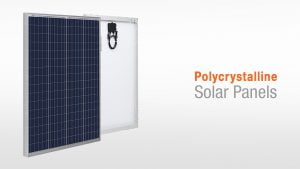
If you are looking for the best solar companies in California to make a final decision of a solar panel type, just keep in mind that regardless of the manufacturing company the difference between the two types is not a big deal now. The benefits of renewable energy have made them practically interchangeable.
Author of the article: Helen Kocharyan


